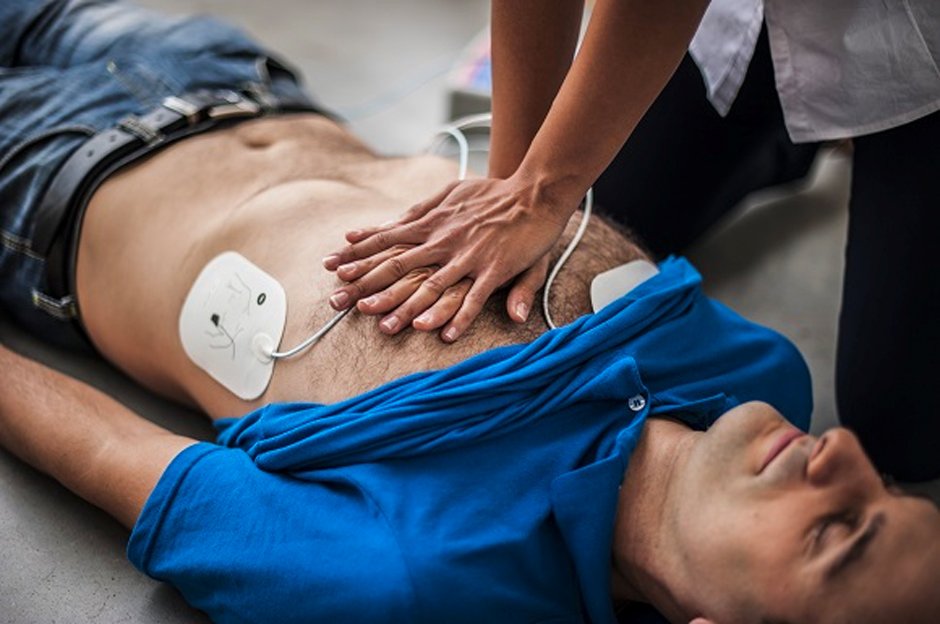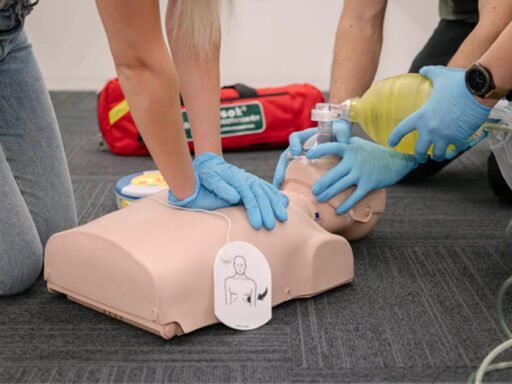In the tense silence of an emergency, the rhythm of CPR compressions becomes the heartbeat of hope. Each push against the chest is a lifeline, a symphony of strength aimed at reviving the faltering pulse of a loved one, a stranger, a fellow human in distress. In this article, we explore the heartbeat behind CPR – the compression rate – and why mastering it is the key to bridging the gap between life and loss.
Picture this: you’re faced with a sudden cardiac arrest scenario. Time is racing, and every second counts. You kneel beside the fallen individual, their breath shallow, their pulse fading. In that critical moment, your hands become instruments of life. But how fast should you play this life-saving tune?
Enter the CPR compression rate – the tempo of survival. It’s not just a number; it’s the cadence that dictates the flow of oxygenated blood to the organs screaming for sustenance. Too slow, and you risk stagnation, leaving vital tissues gasping for air. Too fast, and the dance becomes chaotic, hindering the heart’s ability to fill and pump effectively.
Imagine a drummer out of sync with the band – the harmony collapses, and the rhythm falters. Similarly, in CPR, maintaining the recommended compression rate of 100 to 120 beats per minute orchestrates a symphony of circulation. Each compression pushes life back into the system, each beat a testament to resilience in the face of adversity.
But mastering the compression rate goes beyond metronomic precision; it’s an art form, a dance between science and soul. It’s about finding the right balance between force and finesse, between urgency and accuracy. It’s about listening to the silent plea of a struggling heart and responding with unwavering determination.
Yet, in the heat of the moment, challenges arise – fatigue sets in, adrenaline surges, doubt creeps in. Will your rhythm falter when the stakes are high? Will you maintain the tempo when the world seems to spin out of control? The answer lies in preparation, in practice, in the unwavering commitment to saving lives.
Training becomes your rehearsal hall, your sanctuary of readiness. It’s where you hone your skills, fine-tune your technique, and cultivate the confidence to perform under pressure. It’s where muscle memory meets mindful intent, where every repetition brings you closer to mastery.
And just as a maestro relies on feedback to refine their performance, technology lends a guiding hand in the realm of CPR. Real-time feedback devices, like automated external defibrillators (AEDs), offer invaluable insights into compression depth, rate, and quality. They transform the solo act of resuscitation into a collaborative effort, a partnership between rescuer and machine.
But amidst the cacophony of chaos, let us not forget the nuances of compassion. CPR is not just about numbers on a monitor; it’s about the human connection forged in moments of vulnerability. It’s about holding space for hope, for resilience, for the unwavering belief in the power of community.
In the end, CPR compression rate is more than a clinical guideline; it’s a heartbeat, a beacon of hope pulsating in the darkness of uncertainty. So, the next time you find yourself at the crossroads of life and loss, remember the rhythm of possibility – the beat of life – and let it guide your hands, your heart, your humanity.






